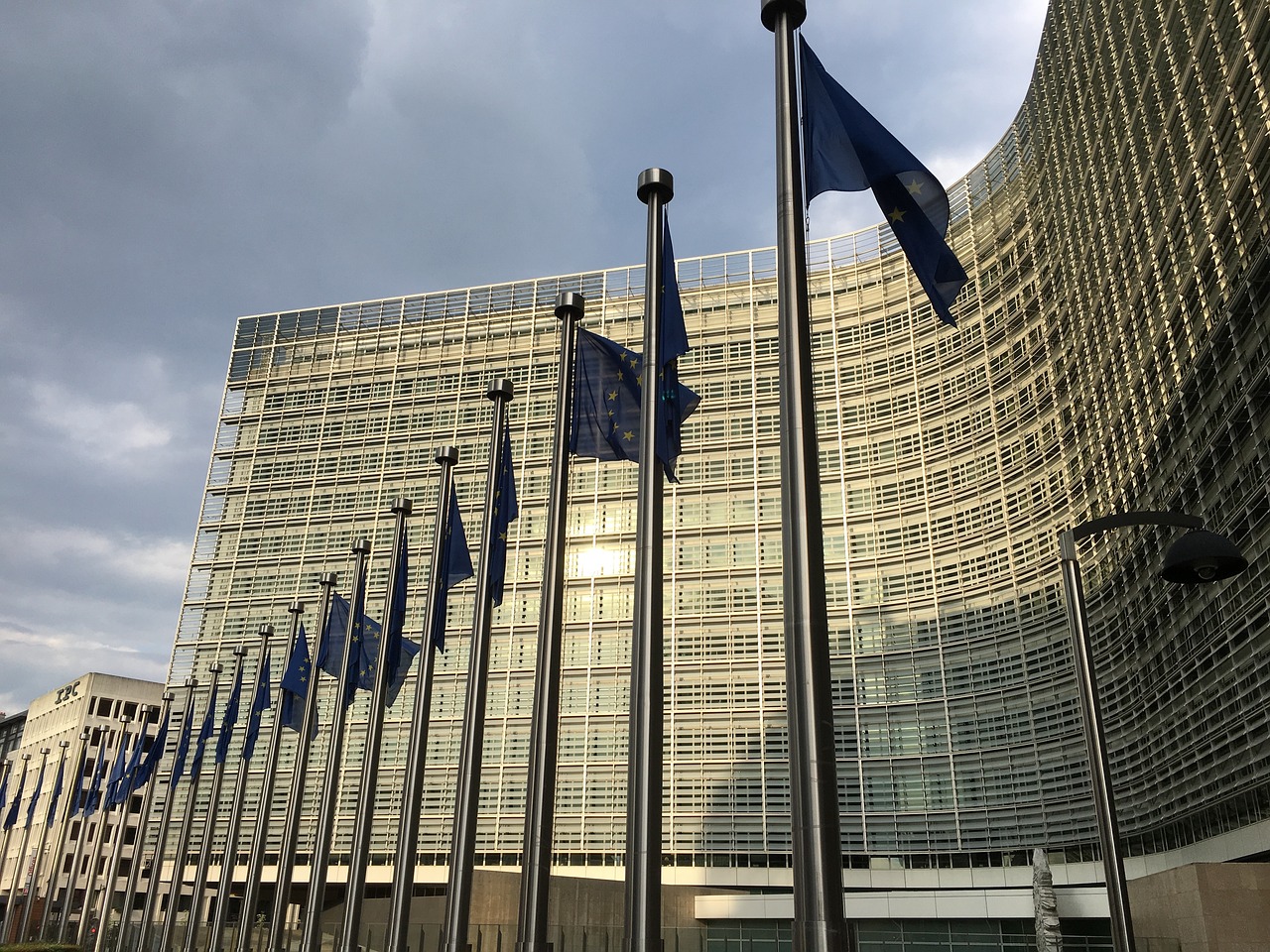Building a Breathable Future: Jarek Kurnitski Discusses EU Policy and the EDIAQI Project

Amidst the ongoing revision of the Energy Performance of Buildings Directive (EPBD) and other EU directives related to energy efficiency and the sustainability of buildings as part of the Renovation wave and the Fit for 55 package, it’s important to look at how the shifting regulatory landscape can contribute to creating a healthy and sustainable built environment.
Everyone has the right to breathe clean and healthy air. Indoor Air Quality (IAQ) has a pivotal role in people’s health, productivity, and overall well-being. According to a recent policy paper by BPIE, around 2.2 million Europeans suffer from asthma due to unhealthy living conditions, while a staggering 110 million Europeans live in buildings with high concentrations of hazardous pollutants due to inadequate ventilation.
Beyond policymakers, every stakeholder and citizen must play a role in advocating for healthy indoor environments. The recent Covid-19 pandemic highlighted the importance of IAQ and how adequate ventilation can protect our health. It confined a massive part of the global population to their homes for over a year, changing how citizens and governments perceive and value IAQ.
In a meeting on the 20th of October, EDIAQI Chief Technology Officer (CTO) Liina Tõnisson discussed the implications of the Fit for 55 package for the EDIAQI project with Professor Jarek Kurnitski, Professor at Tallin University of Technology. The one-hour session included discussions on stakeholder mapping strategies and potential outcomes of the EDIAQI project beyond 2026.
Prof. Kurnitski, emphasised the necessity of starting the mapping of relevant stakeholders at the EU level, where EPBD plays a key role. Ventilation requirements to control IAQ have been established in Nordic countries’ building codes for decades, but regulations vary in Central and South Europe, relying more on national guidelines and standards. Since these are voluntary documents, there have been court cases to determine whether a building without a ventilation system other than operable windows complies with the good building practices required by building law.
In light of the new directive discussed in our blog post interview with Wolfram Birmili, if IAQ values are not established and the building regulatory framework remains unclear, some of EU member states may experience a surge in court cases, with European citizens seeking compensation for health damages in the years to come. However, if IAQ values are clearly defined and building regulation are adhered to, municipalities could potentially avoid legal burden.
To address this, it is vital to involve stakeholders at various levels, from ministries in member states all the way to municipalities. Three ministries in each member state should be closely monitored, as typically Public Health, Occupational Health, and Construction belong to separate ministries. While the exact formulations may vary across the 27 member states, these are the decision-makers with the power to translate EU directives into national and regional policies, ensuring European citizens and stakeholders have access to healthy indoor air.
Additionally, Jarek Kurnitski provided us with valuable feedback on how to advance the EDIAQI project by addressing the questions below:
What is your experience with EU policy adaptions in various member states?
The EPBD is good example. While focusing on energy, cooling energy gained significance in the EPBD. Today, all of Europe has summer thermal comfort (overheating prevention) requirements, thanks to the EPBD. One might wonder why EPBD established thermal comfort requirements. The reason was simple. If dwellings were to overheat (with no passive measures and cooling considered), occupants themselves will install cooling devices. And these devices would not be accounted for in the energy performance certificates issued during the building permit phase without cooling requirements.
How do you think EDIAQI can contribute to increasing the understanding of indoor air pollutant sources?
The World Health Organisation (WHO) established strict requirements for particulate matter, PM2.5, applying to both outdoor and indoor air. Until now, PM2.5 has been seldom measured in indoor environments, and we lack information concerning how much emanates from outdoor sources and the potential role of indoor sources. With the availability of low-cost and accurate PM2.5 sensors, EDIAQI has a valuable opportunity to conduct extensive monitoring campaigns and raise awareness about PM2.5.
What do you think are the main weaknesses of current legislation and guidelines related to IAQ and how could EDIAQI take action here?
The challenge with IAQ is that often indoor air is a cocktail of thousands of different chemicals. While the WHO has identified key pollutants, these alone are insufficient to control IAQ. The prevailing approach, based on the perceived air quality (odors sensed by people), has been widely used in designing buildings. Instead of attempting to measure every specific pollutant, an indirect IAQ control approach, incorporating defined outdoor air ventilation rates and limiting emissions from building materials through material labelling systems could be a way forward to ensure good IAQ.
Note: This article has been published on behalf of Liina Tõnisson, Atmospheric Microphysics Department at the Leibniz Institute for Tropospheric Research (TROPOS).